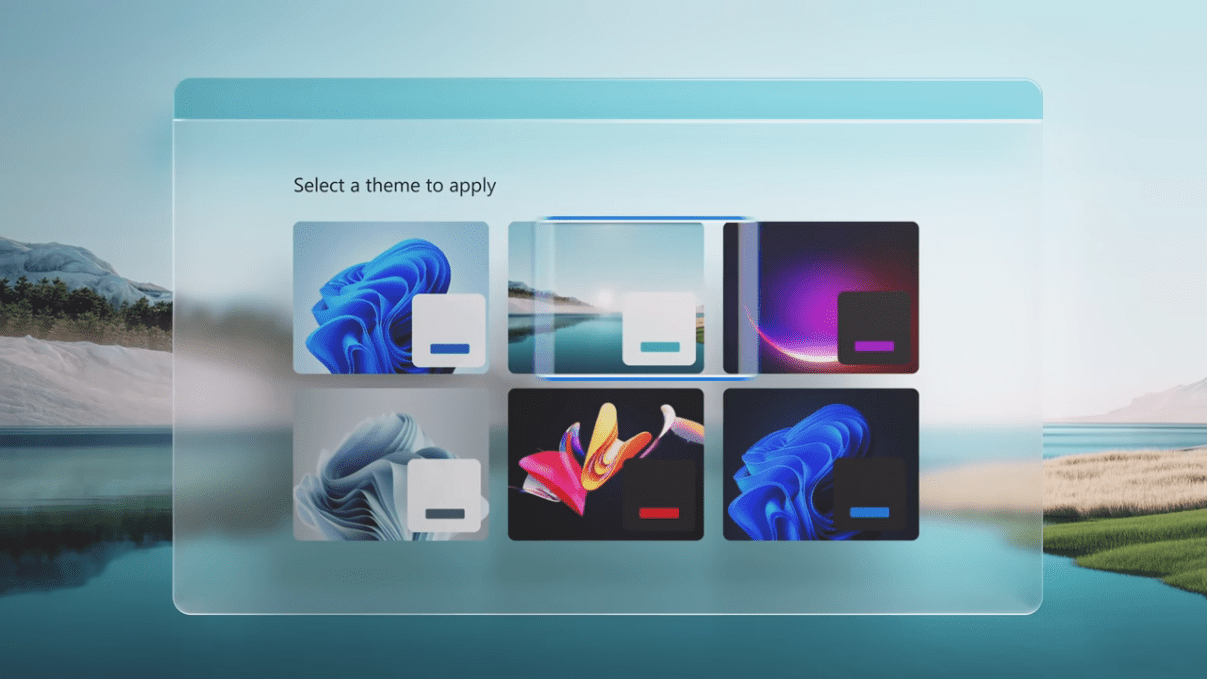Windows 7 support will end on January 14, 2020, according to this announcement:
— “Microsoft made a commitment to provide 10 years of product support for Windows 7 when it was released on October 22, 2009. When this 10-year period ends, Microsoft will discontinue Windows 7 support so that we can focus our investment on supporting newer technologies and great new experiences. The specific end of support day for Windows 7 will be January 14, 2020. After that, technical assistance and software updates from Windows Update that help protect your PC will no longer be available for the product. Microsoft strongly recommends that you move to Windows 10 sometime before January 2020 to avoid a situation where you need service or support that is no longer available.”
Windows 7 support will end on January 14, 2020
The choices for moving off of Windows 7 are fairly simple actually —
You can move from 7 to 8.1, or even upgrade to Windows 10 — If you have a genuine licensed copy of Windows 7, or even 8.1 for that matter, upgrading to Windows 10 is really rather easy, and, it’s still free. The only caveat with regard to upgrading to Windows 10 is the hours long wait for it to happen.
Windows 10 is a DOG however — For the most of it, the OS is mostly all bark and no byte.
If you’ve got an older machine of the DDR2 variety, Windows 10 will still work —
The only thing Windows 10 has a problem with, is the older 3rd party hardware.
Clients with older machines of the DDR2 variety have found it rather refreshing that with regard to their graphics and/or wireless cards, simply removing them in order to install the ominous 10 OS does the trick — We just re-install the hardware when we’re done and 10 collects the necessary drivers for it all upon the first update after the install.
The only thing that the 10 OS might have a bone to pick (pun intended) with is the processor — 32bit is in fact obsolete … Even most Linux distros aren’t writing for it any more — Nearly anything up to 12 years old that even remotely resembles 64bit DDR2 and above, from 1.5 GHz on, single, double, quad core (laptop or PC) will work with Windows 10. I just happen to have an old HP Workstation (2009) off in the corner here that throws Windows 10 around like an old rag doll — Handles the nVidia graphics cards and the old PCI (56 mbps) wireless cards like they are the bees knees.
Same works for software — Had an upgrade to do on an HP last year and the lady had her printer installed. Windows 10 uninstalled it of course during the upgrade … Took the disk in order to re-install it and got a big NOPE from 10 — Seems 10 only wants to do Apps these days. Long story short, I took 10 totally out of the mix by going directly to HP and let it’s utility install her printer … Dell and others all have their own direct utility versions that will bypass 10 in order to install their versions of whatever software they’ve written for their hardware/firmware, from flashing your BIOS to installing simple things like graphics and printer drivers outside of Windows.
Microsoft has less control over the software/hardware/firmware than it would like to have you imagine. At the end of the day, it’s the software/hardware manufacturers that have the final say in the matter. I’ve got clients that have Microsoft Office 2013 installed because they aren’t even a little bit interested in this whole farce we’ve all come to know as SaaS 365 for example.
For those of you who might not be aware of just what SaaS is, in long form it’s better known as “Software as a Service”. Office 365 is currently SaaS – Enterprise users are already having to pay a monthly fee in order to use Windows, and it’s been speculated that when the long term support for Windows 8.1 ends in 2023, private home PC users will also be moved over to the Windows SaaS model … Once all of the other builds of the Windows operating system outside of Windows 10 are finished, users will be required to pay a monthly fee going forward in order to have access to Windows 10. Now might be a good time to look and some of the other personal computing options that are out there if you find yourself unwilling to pay for an operating system over and over again.
If some of you are still on the fence with regard to Windows 10, then you might just want to give it a good go with Linux — Unlike Windows, Linux writes to, and has written to, nearly any piece of hardware you can throw at it out of the box. It’s tremendously lighter and much more intuitive than Windows is … always has been. You can also run many of your favorite Microsoft programs on Linux using WINE.
And … for those of you who might find yourself in somewhat of a quandary as to just what might best suit you going forward, I might also suggest Android if you’ve got a touch screen laptop. Android installs for me lately on the touch screen laptops has been increasing. The oldest machine install to date of the Android OS has been on a Toshiba Radius (5 years old).
You could of course, join the Mac club and pay 10x more for an OS that only does half the job of some of these others and be fine with that.
Either/or … It’s good to have these kinds of discussions, especially when we find some of these operating systems writers vying for your business.








Leave a Reply
Your email is safe with us.
You must be logged in to post a comment.